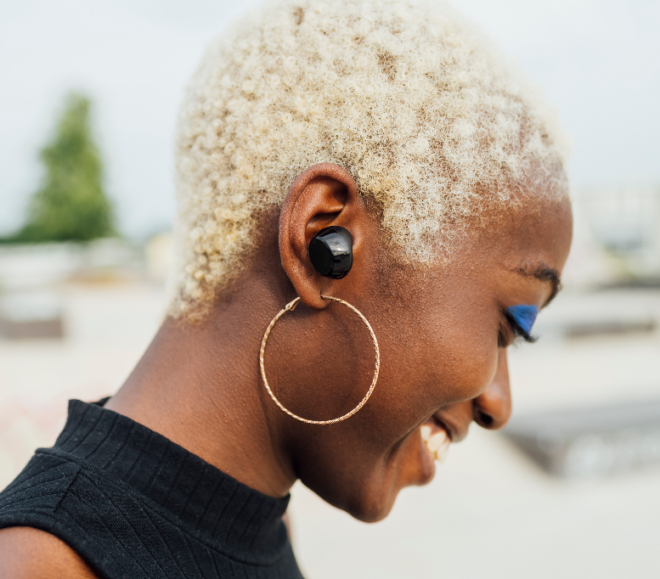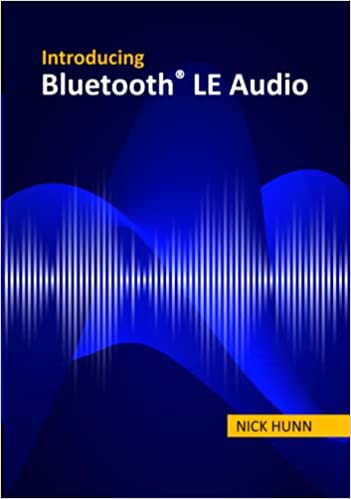Since its inception, audio has represented the largest solution area for Bluetooth® technology, and Bluetooth audio is now included in 100 percent of smartphones, tablets, and PCs and in billions of wireless headsets and speakers. These use cases traditionally leveraged Bluetooth Classic technology, also known as Bluetooth Basic Rate / Enhanced Data Rate (BR/EDR).
Over the last decade, various new use cases and requirements for audio have emerged. This includes true-wireless stereo (TWS) earbuds, hearing aids, and networked speakers. To better serve these use cases, various companies developed their own proprietary extensions to Bluetooth Classic Audio, bringing synchronization between earbuds to create new device categories such as TWS earbuds and hearables, which first arrived in 2014. Since then, these devices propelled the Bluetooth audio market to new heights, with the TWS earbuds and hearable markets alone shipping over 200 million units in 2021.
To help standardize features, like those that support TWS, across all Bluetooth devices, the Bluetooth Special Interest Group (SIG) released Bluetooth LE Audio earlier this year.
Introducing Bluetooth LE Audio
Building on 20 years of innovation, Bluetooth LE Audio operates on the Bluetooth® Low Energy (LE) radio and is set to transform the Bluetooth audio ecosystem over the next five-to-ten years. Bluetooth LE Audio not only supports development of the same audio products and use cases as Bluetooth Classic Audio, but it also supports improved audio quality, reduced power consumption, improved interoperability, easier development of hearing aids and TWS earbuds, new audio device types, and the emergence of Auracast™ broadcast audio which enables public and private broadcast use cases for consumer and assistive listening applications.
Recently, the Bluetooth SIG partnered with ABI Research to outline the potential trends and impacts Bluetooth LE Audio will have on the market. The following excerpt is from the published Bluetooth market research note: LE Audio: The Future of Bluetooth® Audio.
FEATURED REPORT
LE Audio: The Future of Bluetooth® Audio
See how the arrival of Bluetooth LE Audio is set to transform the Bluetooth audio ecosystem and the impact it will have on Bluetooth® audio market forecasts.
Bluetooth Audio Market Forecasts
Chart 1 below shows ABI Research’s market forecasts for Bluetooth® peripheral audio devices over the next five years. The main devices in this forecast include those where receiving audio is the primary function, such as TWS earbuds, headsets, speakers, and hearing aids. By 2027, ABI Research forecasts there will be nearly 1.5 billion annual shipments of Bluetooth peripheral audio devices with over 730 million TWS earbuds, 208 million voice-control front ends, 192 million speakers, and 179 million hearables accounting for 94 percent of this market.
Dual-Mode Bluetooth Audio to Lead the Way
Chart 2 shows Bluetooth® peripheral audio device segmented by the different Bluetooth radio technologies. While Bluetooth Classic has dominated the market historically, in recent years, many audio device manufacturers have begun to adopt dual-mode Bluetooth Classic and LE radio solutions.
While Bluetooth Classic is typically used to stream audio, Bluetooth LE can be used for faster pairing, media control, and to enable location functionality in order to track earbuds. Most leading Bluetooth wireless chipset vendors addressing the audio market today offer dual-mode radio solutions (i.e., Bluetooth Classic + Bluetooth LE) as part of their product portfolios. Over time, these dual-mode radio solutions will increasingly support Bluetooth LE Audio functionality and become dual-mode audio solutions (i.e., Classic Audio + Bluetooth LE Audio). This will help to enable new Auracast™ broadcast audio use cases while allowing vendors to continue to innovate on their product offering via additional features and performance differentiators. Furthermore, this dual-mode strategy will help these leading vendors retain their strong market presence throughout the Bluetooth LE Audio transition in source devices. Until most source devices have transitioned to support Bluetooth LE Audio, it makes little sense for incumbent vendors to commit fully to a single-mode LE solution and limit their addressable market to those with Bluetooth LE Audio source devices. At the same time, dual-mode solutions can enable new Auracast™ broadcast audio capability when used with source devices or public transmitters that support Bluetooth LE Audio. As a result, as Chart 2 shows, dual-mode audio devices are expected to account for the most significant portion of the Bluetooth audio market throughout the forecast period.
Standalone Bluetooth LE Audio Will Emerge Over Time
ABI Research also expects a third category of Bluetooth LE Audio-only devices will emerge. These devices will take full advantage of the new Bluetooth LE Audio features and differentiate in areas such as power consumption and cost. There are a number of Bluetooth® chipset suppliers who have emerged since the arrival of Bluetooth LE and have not had a Bluetooth Classic Audio portfolio or significant market share in the audio market. Here, there may be some new opportunities to get ahead of the curve and build a new presence in the Bluetooth LE Audio space. These chipset vendors have little to lose in terms of existing market share. Therefore, they can target new opportunities in a growing market across the hearing aid, true-wireless, and broadcast audio ecosystem.
One of Bluetooth LE Audio’s greatest achievements will be to open up the audio market to new entrants and make it easier to develop lower cost, lower complexity, non-proprietary products that have better synchronization, lower latency, improved power consumption, and that can enable new capabilities such as Auracast™ broadcast audio and assistive listening use cases in public venues. In addition, some incumbent vendors may offer separate Bluetooth LE Audio-only solutions alongside their dual-mode solutions. However, as Chart 2 shows, it will likely be post 2025 before Bluetooth LE Audio single-mode devices gain appreciable traction as it will rely on a significant installed base of LE Audio-capable source devices to emerge.
To learn more about how Bluetooth LE Audio will help establish new use cases and consumer experiences, open the audio ecosystem to new industry players, and enable the Bluetooth audio market to scale to new heights, read the full report: LE Audio: The Future of Bluetooth® Audio.
![]()
FEATURED REPORT
LE Audio: The Future of Bluetooth® Audio
See how the arrival of Bluetooth LE Audio is set to transform the Bluetooth audio ecosystem and the impact it will have on Bluetooth® audio market forecasts.
Bluetooth® 技術の誕生以来、オーディオは常にその最大のソリューション分野でした。今ではすべてのスマートフォン、タブレット、PCと、何十億ものワイヤレスヘッドセットやスピーカーにBluetoothオーディオが搭載されています。これらのユースケースは、Bluetooth BR/EDR(Basic Rate/Enhanced Data Rate)としても知られる、Bluetooth Classicの技術が活用したものです。
過去10年ほどの間に、TWS(完全ワイヤレスステレオ)イヤホン、補聴器、ネットワーク接続スピーカーなど、オーディオ関連の多彩で新しいユースケースや要件が登場しました。こうした新しいユースケースへの適合度を高めるため、企業はBluetooth Classic Audioに対する独自の拡張開発を行いました。そこからイヤホン間の同期がもたらされ、TWSイヤホンや、2014年に初登場したヒアラブルという新しいデバイスのカテゴリーが生み出されたのです。これらのデバイスはBluetoothオーディオ市場を新たな高みへと押し上げ、2021年にはTWSイヤホンとヒアラブル市場だけでも出荷台数が2億台を超えています。
Bluetooth SIGは2022年、TWSをサポートする機能と同様にすべてのBluetoothデバイスで各種仕様を標準化するために、LE Audioをリリースしました。
LE Audioについて
20年にわたるイノベーションを土台とし、Bluetooth® LE(Low Energy)で動作するLE Audioは、今後5年から10年の間にBluetoothオーディオのエコシステムに大きな変革をもたらします。LE AudioではBluetooth Classic Audioと同様のオーディオ製品やユースケース開発が可能であるだけでなく、高音質、低消費電力、相互運用性の向上も実現し、補聴器やTWSイヤホン、新種のオーディオデバイスの開発もより容易となります。また、Auracast™ ブロードキャスト オーディオの登場によって、消費者および聴覚補助アプリケーションに向けた公開・非公開のブロードキャスト通信が可能になります。
先日、Bluetooth SIGはABI Research と共同で、LE Audioが今後市場にもたらし得るトレンドと影響の概要について調査を行いました。以下に、公開されたBluetooth市場調査レポート「LE Audio:Bluetooth® Audioの未来」から一部抜粋してご紹介します。
Bluetoothオーディオの市場予測
下の図1は、ABI Researchが示したBluetooth®オーディオ周辺機器に関する今後5年間の市場予測です。この予測はオーディオ受信を主要機能とする機器、例えばTWSイヤホン、ヘッドセット、スピーカー、補聴器などを主な対象としています。 ABI Researchの予測では、2027年までにBluetoothオーディオ周辺機器の年間出荷台数が15億台近くになると見られます。そのうちTWSイヤホンが約7億3000万台、オーディオフロントエンドが2億800万台、スピーカーが1億9200万台、ヒアラブルが1億7900万台となり、合計すると市場の94%を占める見込みです。
道を切り開くデュアルモード
図2は、Bluetooth®オーディオ周辺機器をBluetoothの無線通信技術別に分けて示したものです。従来はBluetooth Classicが市場を独占していましたが、近年多くのオーディオ機器メーカーがBluetooth ClassicとBluetooth LEの両方を備えたデュアルモードの採用を始めています。
Bluetooth Classicが通常オーディオのストリーミング再生に使用されることに対し、Bluetooth LEはペアリングの高速化やメディア制御、イヤホンの位置を追跡するための測位機能の実装に使用されます。現在、オーディオ市場向けBluetoothワイヤレスチップの主要ベンダーのほとんどが、自社の製品ポートフォリオの一部としてデュアルモード(Bluetooth Classic+Bluetooth LE)の製品を開発しています。デュアルモードの無線通信機能を備えた製品ではLE Audio機能への対応が増えると考えられ、やがてはオーディオ機能においてもデュアルモード(Classic Audio+LE Audio)の製品が増えていくと想定されます。これによりベンダーは、Auracast™ ブロードキャスト オーディオによる新しいユースケースを実現するとともに、追加機能や性能の差別化を通じて提供する製品のイノベーションを続けていくことができます。大手ベンダーにとっては、ソース機器がLE Audioに移行していく中で、デュアルモード戦略は市場での強い存在感を維持する助けになります。ソース機器の大部分がLE Audioに移行するまでは、完全にLE Audioのみのシングルモードに注力し、対象市場を限定することは得策ではありません。同時に、デュアルモードという選択肢は、LE Audio対応のソース機器や公共放送システムがある場面では、新登場のAuracast™ ブロードキャスト オーディオ機能の利用を可能にします。このため図2に示されるように、予測対象期間を通してBluetoothオーディオの市場の大部分をデュアルモードが占めると予想されています。
LE Audioの台頭
ABI Researchでは、LE Audioのみへの対応機器という第3のカテゴリーが、いずれ台頭すると予測しています。LE Audioの新機能をフル活用し、消費電力や価格面で差別化した製品群です。これまでBluetooth Classic Audio製品を提供していなかった、あるいはオーディオ市場で取り立てて大きなシェアを占めていなかったBluetooth®チップセットベンダーが、Bluetooth LEの発表後に数多く現れています。LE Audioという領域には、時代を先取りし、新しいプレゼンスを確立する可能性が示されています。新興のチップセットベンダーは、既存の市場シェアという点で失うものがありません。そのため補聴器、TWS、ブロードキャストオーディオシステムなどの成長市場で、新しいビジネスチャンスを狙うことができます。
LE Audioの最大の功績のひとつは、新規参入者にオーディオ市場への門戸を開き、より低コストでよりシンプル、そして公開技術に基づく製品開発を容易にしたことでしょう。それらの製品は、より優れた同期性と低遅延性、電力消費効率の向上を特徴とし、公共の場におけるAuracast™ ブロードキャスト オーディオと聴覚補助機能の活用を可能にします。既存ベンダーの場合は、デュアルモード製品に加えてLE Audio専用の製品も並行して提供することが考えられます。ただし、LE Audioのみのシングルモードが十分な勢いを得るにはLE Audio搭載のソース機器が顕著な普及を示す必要があるため、図2に示されるように2025年以降になるでしょう。
LE Audioがいかにして、新しいユースケースやユーザー体験の実現に役立ち、新規参入者のオーディオ市場参入に道を開き、Bluetoothオーディオ市場を新しい高みに導くかについて、詳しくはレポート「LE Audio:Bluetooth® Audioの未来」全文をご覧ください。

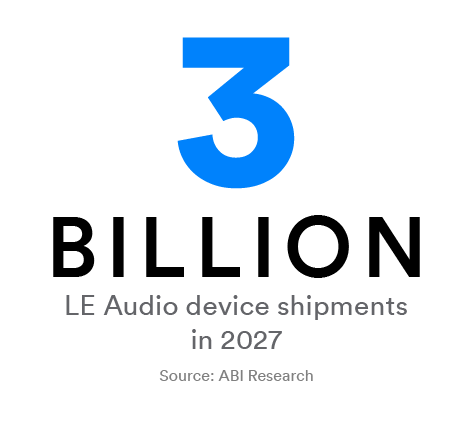
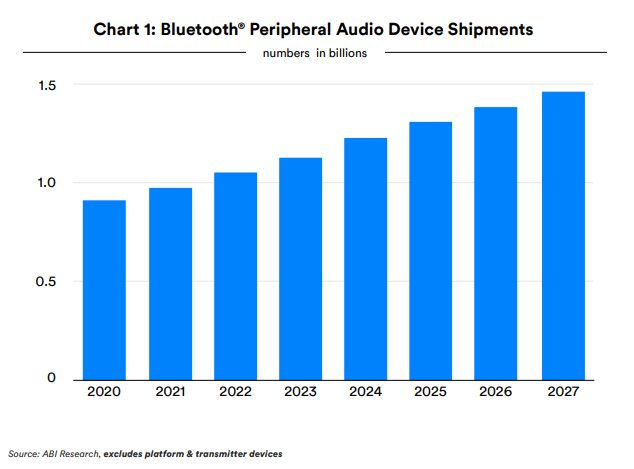
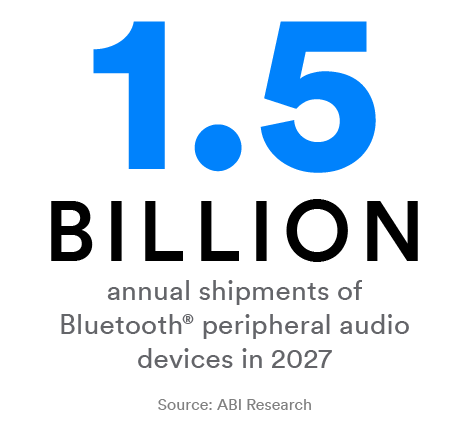
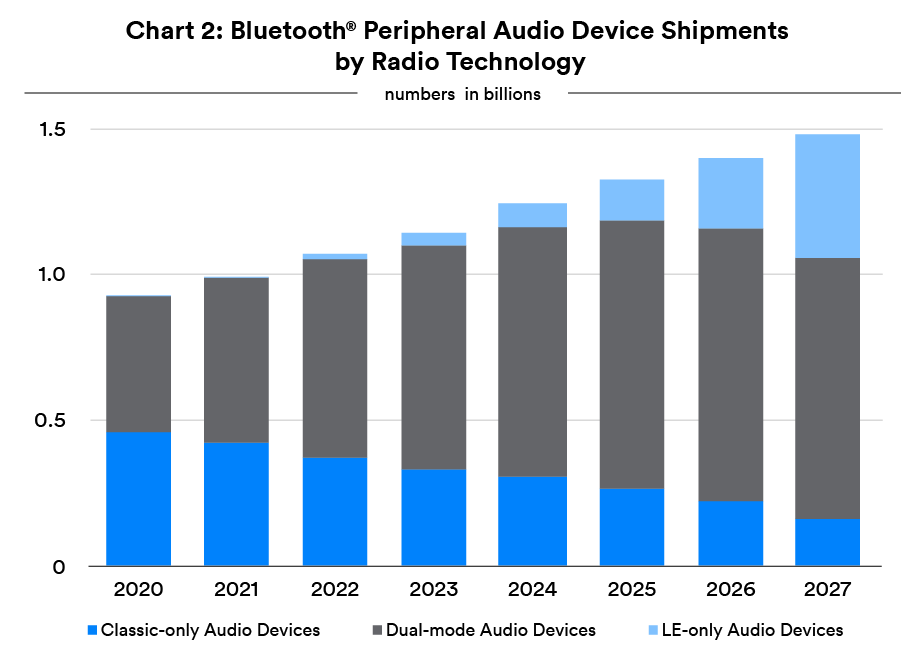
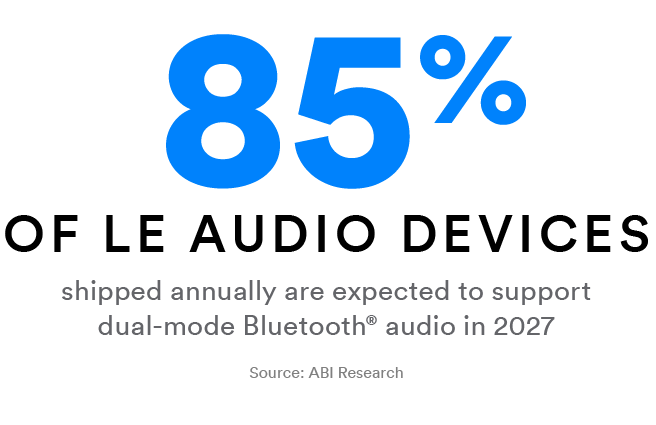
![20240208 GN LONDON 04 LARA 0964 Edit copy[1]](https://www.bluetooth.com/wp-content/uploads/2024/04/20240208_GN_LONDON_04_LARA_0964-Edit-copy1.jpg)
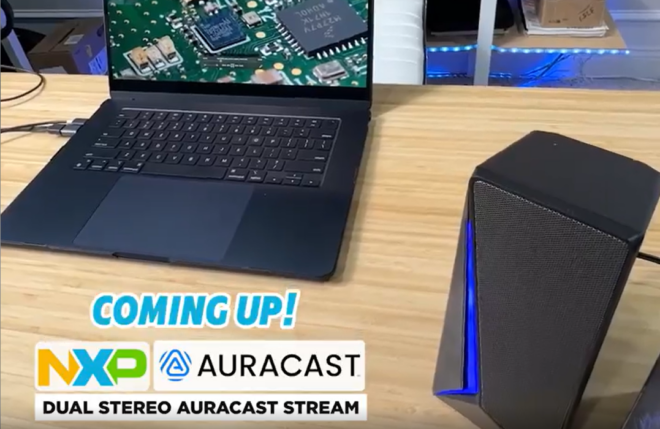
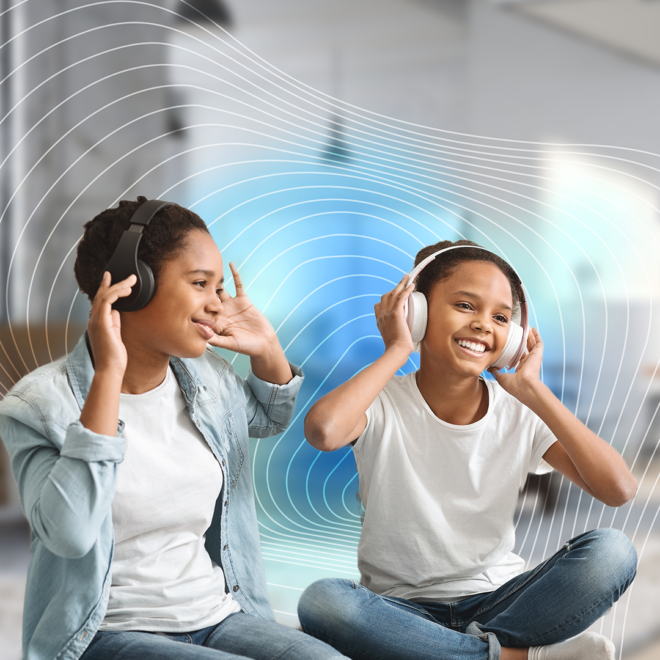
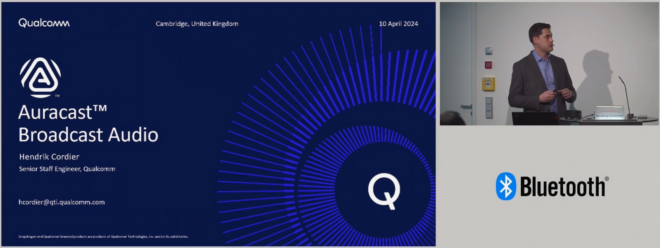



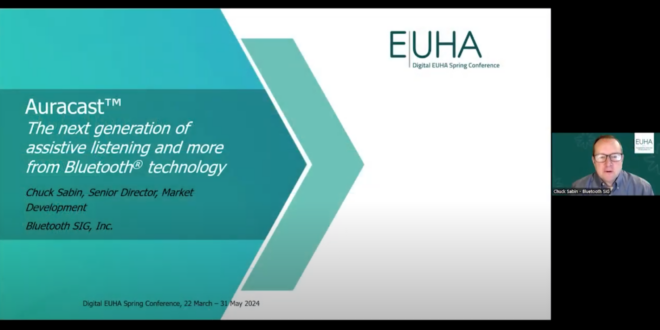

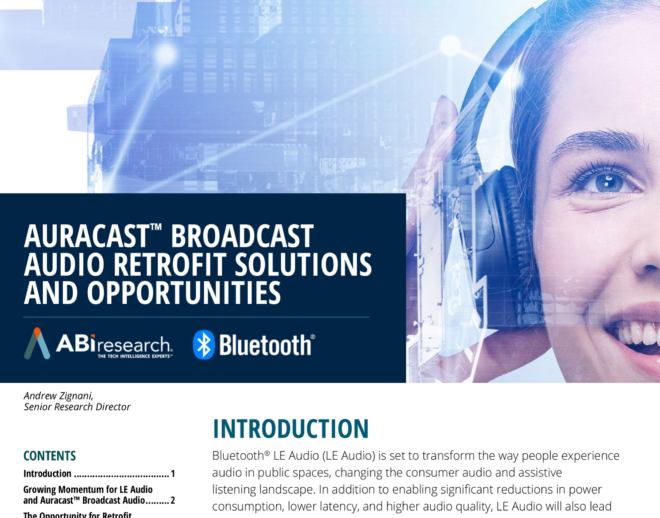
![packetcraft logo tagline[1]](https://www.bluetooth.com/wp-content/uploads/2024/03/packetcraft_logo_tagline1.png)
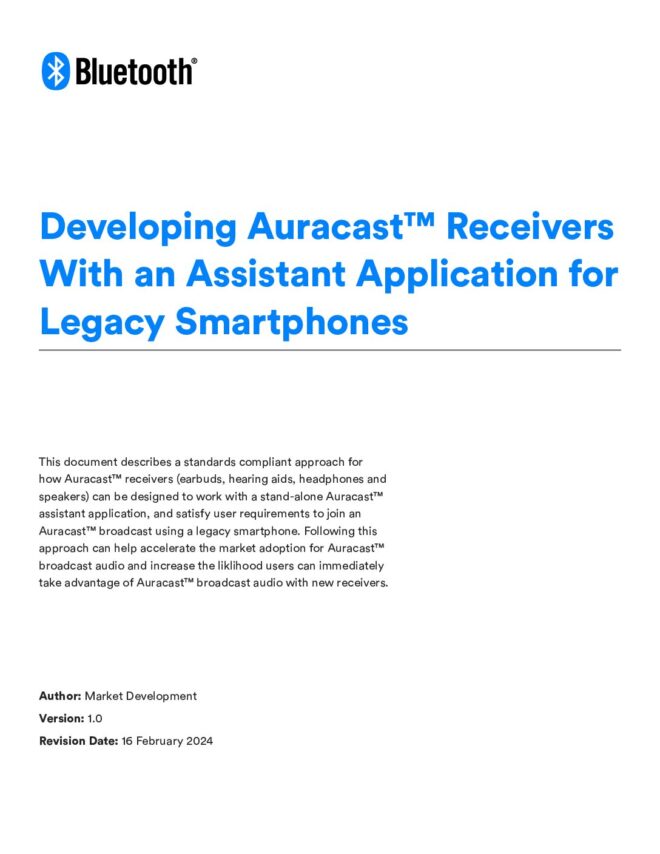
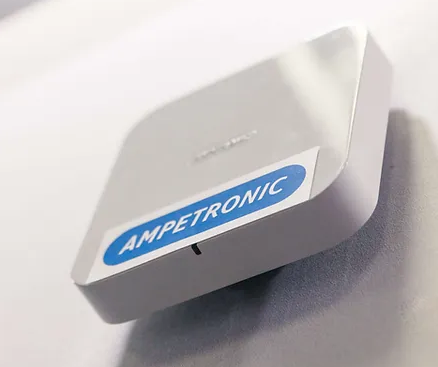
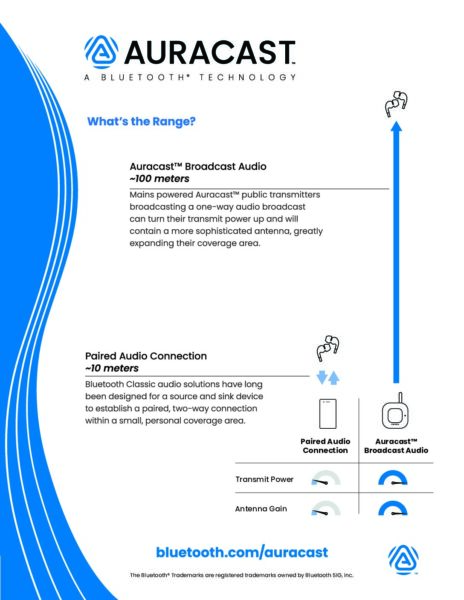
![2312 CES Handout Images FINAL existing pdf 464x600[1]](https://www.bluetooth.com/wp-content/uploads/2024/01/2312_CES_Handout-Images_FINAL-existing-pdf-464x6001-1.jpg)
![2312 CES Handout Images FINAL unlimited pdf 464x600[1]](https://www.bluetooth.com/wp-content/uploads/2024/01/2312_CES_Handout-Images_FINAL-unlimited-pdf-464x6001-1.jpg)

